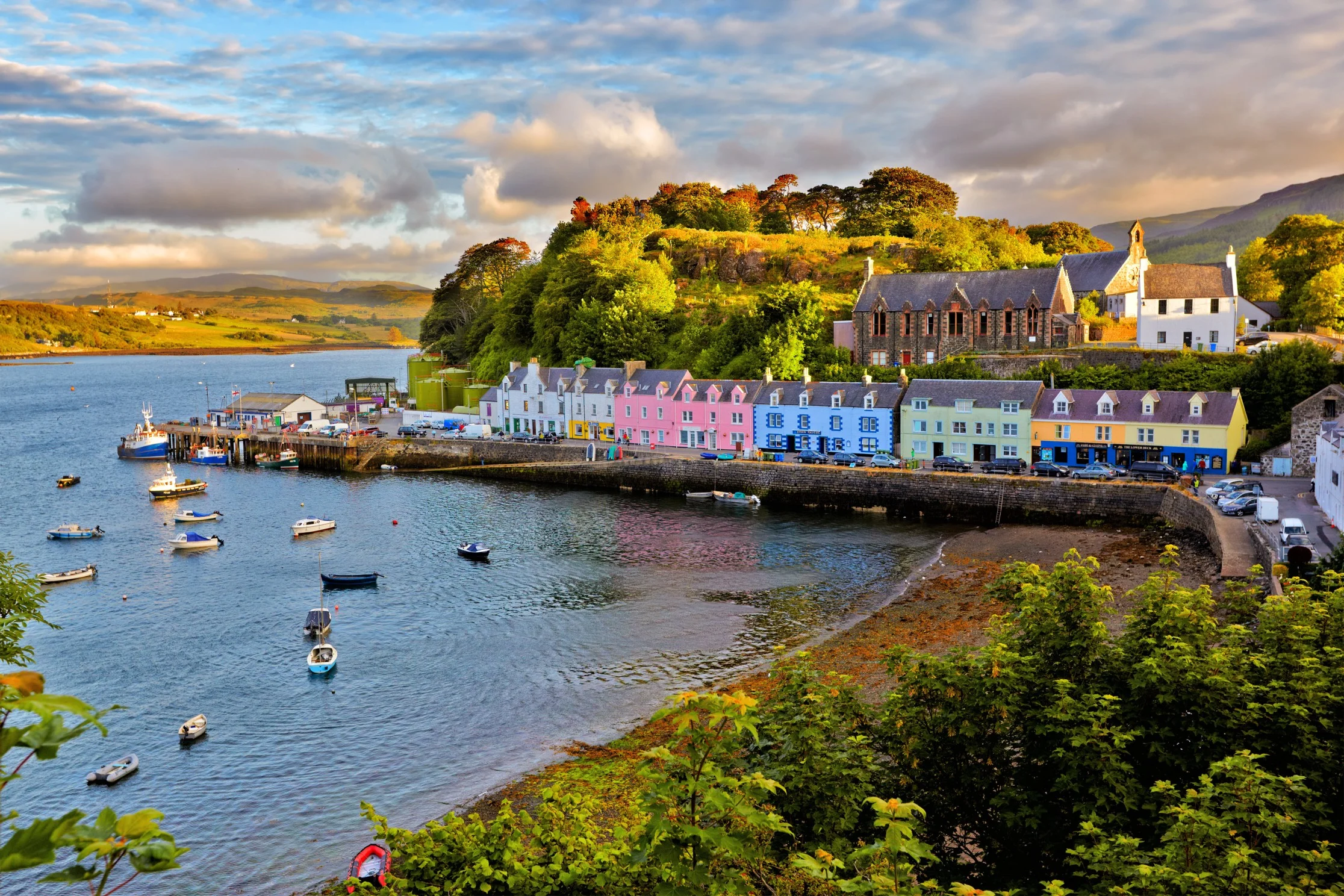Can the answers to our struggle with #climatechange, political discord, and the worldwide #pandemic be found by reconfiguring the way we connect and relate to our environment?
Close to home
A personal, place based experience of the fires
Smoke and ash from the front have covered every surface, every minute of every day for more than a month now. The air we’ve been breathing these past five weeks has been rated among the world’s worst. The light is thick and creepy during the day, after dark on bad nights the town appears enveloped in one of our high-country winter fogs, but it’s a hot summer night and that’s not fog
No precedent – The case for originality
While the use of precedent can usefully inform our decision-making process, when we let it dominate, we risk an entropic drift to flat-out replication. So, because they’ve worked well in Sydney, suddenly every city wants to have its own Sculpture by the Sea or Vivid. The desire to replicate those events overlooks their evolution as specific, place-based responses to local conditions that won’t necessarily translate to another host environment. The wish to lift something developed in one place and remake it in another is a reductionist view that fails to take into account the complex interplay of elements that made it successful in its original form.
Places of Meaning
As humans, the search for meaning defines our lives. We seek it in the ways we express our personal identity, from our work, by finding a sense of belonging with others, in our spiritual beliefs – even the brands we buy. And for most of human history a primary source of our meaning has been our physical environment – our place.
VIVID - Placemaking: Buzzword, bogus, bona fide
In this panel event, speakers discuss their experiences with cultural and creative placemaking in the urban environment. Taking in the perspectives of urban designer, landscape architect, government, developer, cultural placemaker and artist, the session unpacks the meaning and impact of the current placemaking phenomenon.
The Future of Living podcast
Recently, Mark McClelland explored the subject of cultural placemaking in The Future of Living podcast series presented by UKO Life. In a half hour interview with Nicola Rushton, Mark discusses the relationships between culture, place and art. If the future of our urban environments interests you, listen here: https://uko.com.au/mark-mcclelland/
Cultural Placemaking
Sense of place. Genius loci. Terroir. These terms speak of profound, enduring relationships between human cultures and the places that have sustained them.
As a modern term, placemaking seeks to capture something of their time-honoured essence while defining a contemporary method of (re)making the places, suburbs and cities that will support human cultures into the future.
Culture in this context is not something static, prepared for our consumption by artists and creative people. It’s a more anthropological view of culture as a great tide of human activity to which we all contribute with everything we do - active, dynamic and everchanging - alive and evolving. Art is vocal in this mix, yet remains a component part, taking its place with all the other expressions of human endeavour.
A tale of two cities
If I say Bilbao and then Hobart, what comes to your mind?
For many, the answers respectively will be The Guggenheim and MONA. Cultural infrastructure writ large in both cases.
Understanding relationships between cities and their cultural infrastructure is important to our work. We often use examples we have researched first hand, like Cloud Gate in Chicago and The High Line in New York to illustrate the beneficial effects of civic investment in cultural infrastructure. By way of example, Chicago’s Cloud Gate and Millennium Park contribute around USD1.5B annually to the city’s economy and have catalysed in excess of 10B in urban renewal and development.
Place, Identity, Culture
Last week I spoke at two conferences on opposing sides of the country. First, the 11th International Urban Design Conference in Sydney and then International Cities, Towns and Communities in Fremantle. My presentation at both events summarised Cultural Capital’s experience delivering a number of significant projects for Transport for NSW, including Wynscreen, Interloop and the Public Art Masterplan for Australia’s largest transport infrastructure project - Sydney Metro City and Southwest.











